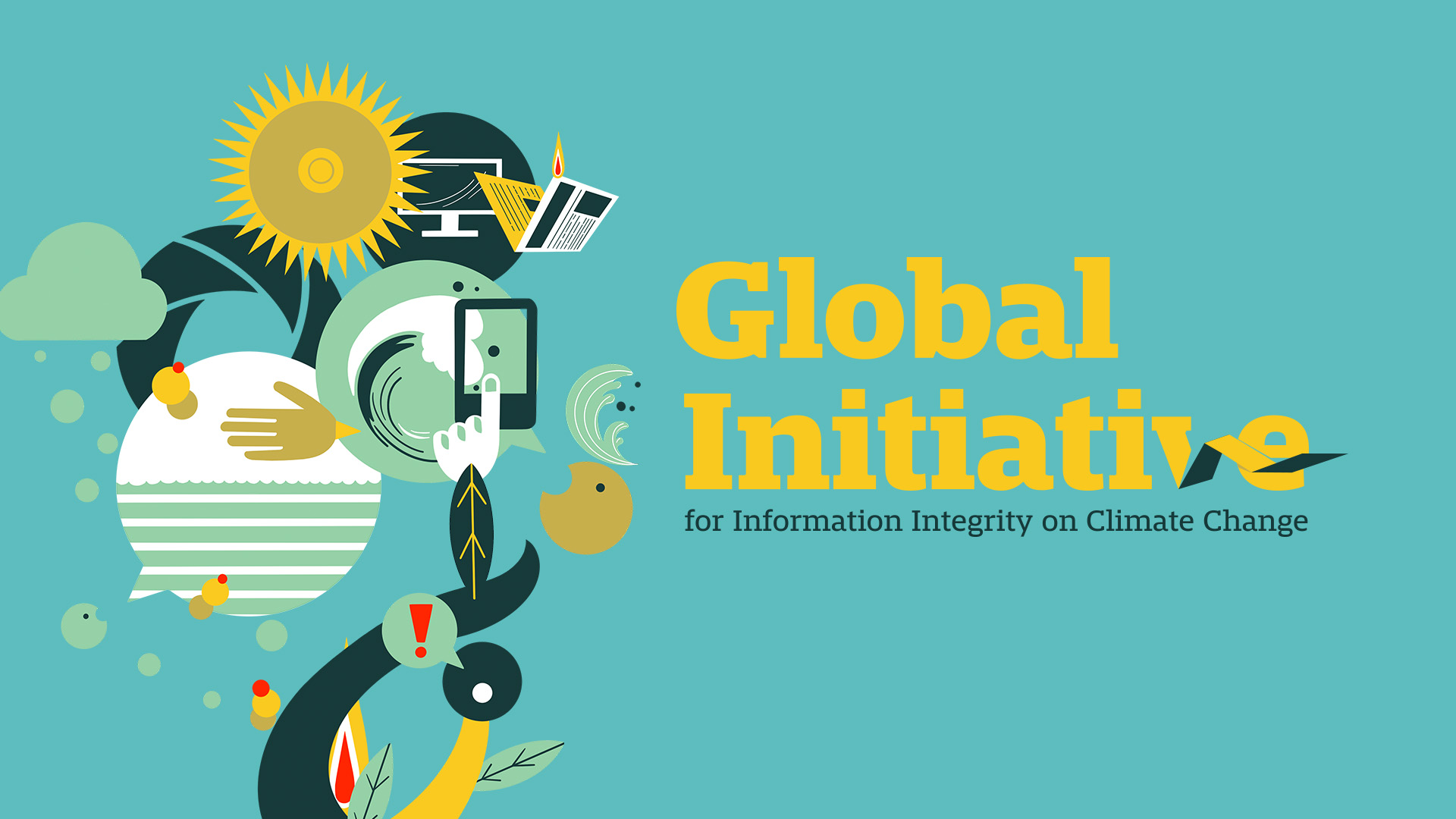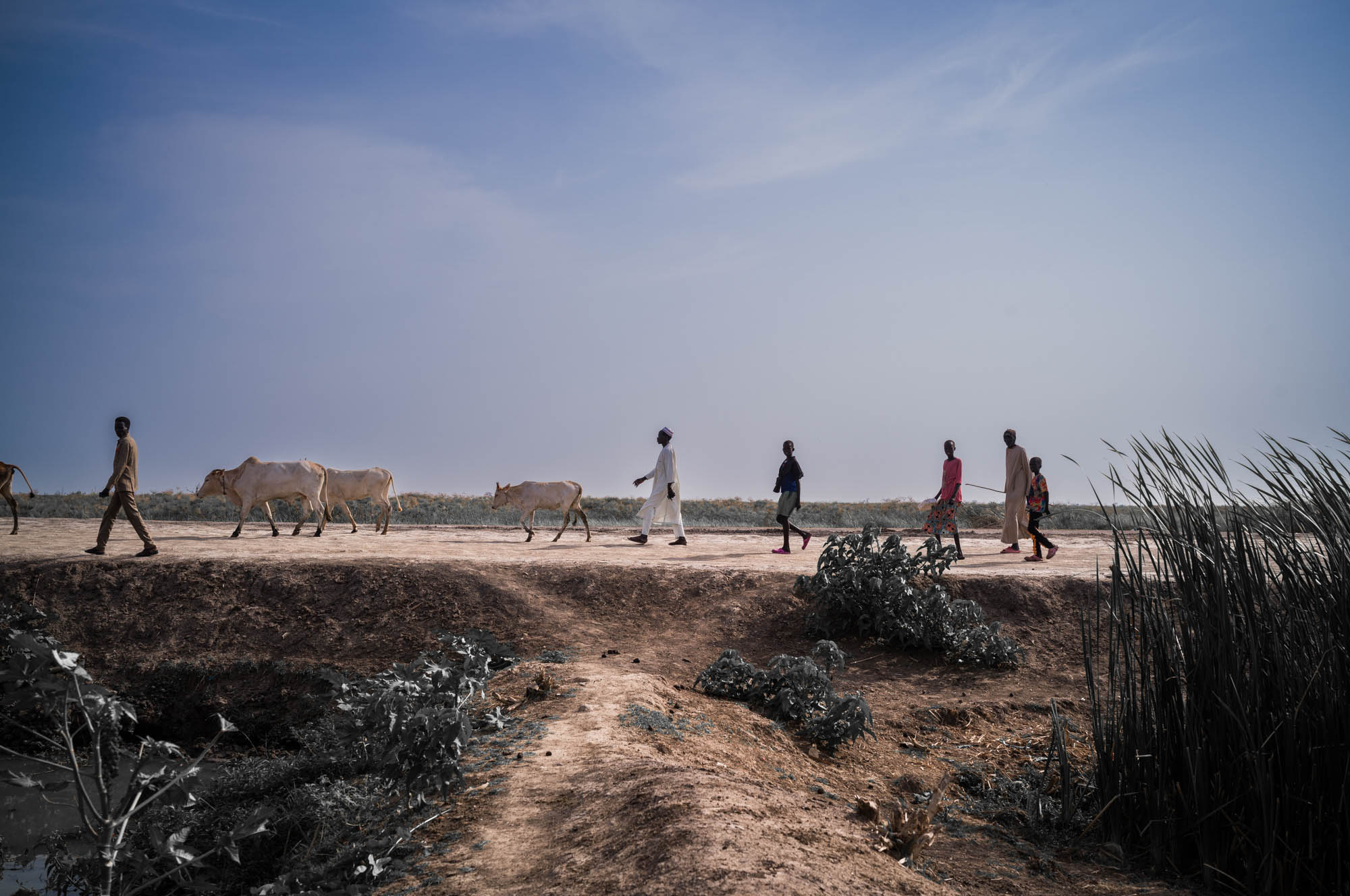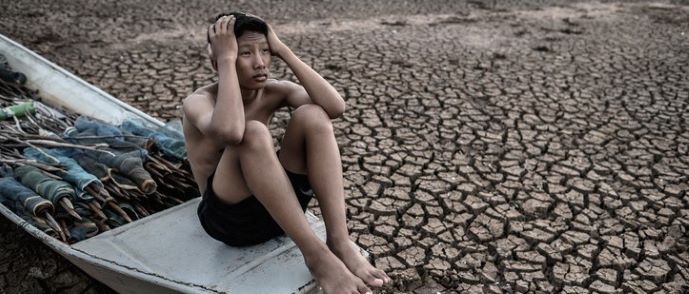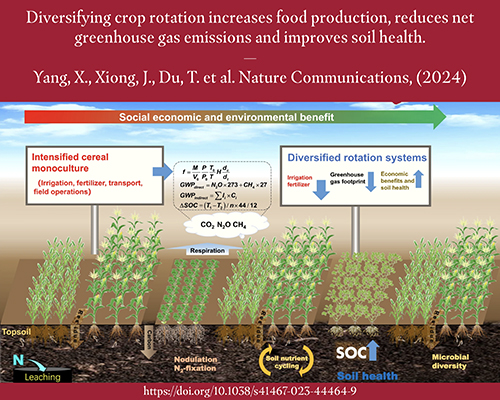Report on Enhancing Nature-based Climate Solutions for Global Sustainable Development Goals
Aligning Climate Mitigation with SDG 13: Climate Action
Human-induced climate change necessitates urgent mitigation strategies as outlined in Sustainable Development Goal 13 (Climate Action). Nature-based Climate Solutions (NbCS) represent a critical approach, leveraging natural environmental processes to counteract anthropogenic impacts. These solutions aim to mitigate climate change by reducing atmospheric carbon dioxide, a primary objective of SDG 13.
The Critical Role of Forests in Achieving SDG 15: Life on Land
The world’s forests are fundamental to achieving SDG 15 (Life on Land), which seeks to protect, restore, and promote the sustainable use of terrestrial ecosystems. Forests serve as vital carbon sinks through natural processes that are central to NbCS strategies.
- Carbon Sequestration: Through photosynthesis, forests draw significant amounts of carbon dioxide from the atmosphere.
- Long-term Storage: Carbon is converted into biomass and stored in long-lived trees and soil, effectively removing it from the atmosphere for extended periods.
- Ecosystem Health: Bolstering forests through NbCS supports broader biodiversity and ecosystem resilience, key targets within SDG 15.
Evaluating Current NbCS Frameworks and Carbon Offset Programs
Despite their potential, current efforts to harness nature, particularly through forest carbon offset programs, have demonstrated limited success and face significant challenges that undermine global sustainability targets. Research highlights several critical deficiencies:
- Widespread Systemic Problems: A comprehensive body of literature has revealed pervasive issues in the design and implementation of forest NbCS projects.
- Ineffective Protocols: Existing protocols for carbon credits often fail to ensure genuine climate mitigation, undermining efforts to reach global net-zero emissions.
- Marginal Success: Efforts to bolster forests, wetlands, and agriculture through carbon offsets have generally yielded only marginal results to date.
Advancing NbCS through SDG 17: Partnerships for the Goals
Addressing these shortcomings requires enhanced collaboration, reflecting the principles of SDG 17 (Partnerships for the Goals). A multi-institutional research initiative, involving UC Santa Barbara and nine other institutions and funded by the National Science Foundation, underscores the need for a revised approach. The findings, published in the journal *Nature*, conclude that improving the efficacy of NbCS is essential for meeting global climate objectives.
- Improved Science: A more robust scientific foundation is required to accurately quantify and verify the carbon sequestration benefits of NbCS projects.
- Enhanced Policy: New and improved policy frameworks are necessary to govern NbCS initiatives, ensuring they deliver verifiable climate benefits and align with broader sustainability goals.
- Integrated Benefits: The ultimate goal is to ensure that forest-based climate solutions are implemented in a manner that supports both climate action (SDG 13) and the sustainable management of terrestrial ecosystems (SDG 15).
Relevant Sustainable Development Goals (SDGs)
1. Which SDGs are addressed or connected to the issues highlighted in the article?
- SDG 13: Climate Action – The article’s central theme is mitigating climate change through “Nature-based Climate Solutions (NbCS).” It directly discusses efforts to address human-engineered climate change by reducing atmospheric carbon dioxide and aiming for “global net zero.”
- SDG 15: Life on Land – The article specifically focuses on the role of forests in combating climate change. It mentions “bolstering forests, wetlands and agriculture” and using them to pull carbon from the atmosphere, which relates to the protection, restoration, and sustainable use of terrestrial ecosystems.
- SDG 17: Partnerships for the Goals – The article highlights a collaborative research effort involving “the University of Utah, UC Santa Barbara and eight other institutions,” funded by the “National Science Foundation.” This multi-stakeholder partnership to advance scientific understanding for sustainability directly aligns with SDG 17.
2. What specific targets under those SDGs can be identified based on the article’s content?
- SDG 13: Climate Action
- Target 13.2: Integrate climate change measures into national policies, strategies and planning. The article calls for improving NbCS through “better science and policy going forward” to help “reach global net zero,” which supports the integration of these climate solutions into broader strategies.
- SDG 15: Life on Land
- Target 15.1: Ensure the conservation, restoration and sustainable use of terrestrial and inland freshwater ecosystems and their services, in particular forests, wetlands… The article’s focus on harnessing nature by “bolstering forests, wetlands and agriculture” to provide the service of carbon sequestration is directly related to this target.
- Target 15.2: Promote the implementation of sustainable management of all types of forests, restore degraded forests and substantially increase reforestation globally. The discussion revolves around improving “forest NbCS projects” and leveraging “the world’s forests in pulling carbon out of the atmosphere,” which are key components of sustainable forest management and restoration.
- SDG 17: Partnerships for the Goals
- Target 17.16: Enhance the global partnership for sustainable development, complemented by multi-stakeholder partnerships that mobilize and share knowledge… The research mentioned, a collaboration between ten institutions published in the journal *Nature*, is a clear example of a multi-stakeholder partnership sharing scientific knowledge to address a global challenge.
3. Are there any indicators mentioned or implied in the article that can be used to measure progress towards the identified targets?
- Implied Indicator: Amount of atmospheric carbon sequestered by forests. The article’s core concept is “pulling carbon out of the atmosphere and storing it in long-lived trees and even in the ground.” Measuring the volume of sequestered carbon is the primary way to assess the effectiveness of these NbCS projects.
- Implied Indicator: Effectiveness and success rate of NbCS projects. The article notes that current efforts have had “only marginal success so far” and that there are “widespread problems in forest NbCS projects.” An indicator would be the measured climate mitigation impact versus the projected impact of these projects and protocols.
- Implied Indicator: Number of multi-stakeholder research and policy collaborations. The article explicitly describes a partnership between “the University of Utah, UC Santa Barbara and eight other institutions.” The formation and output of such partnerships serve as an indicator of progress in mobilizing knowledge for sustainable development.
Summary Table of SDGs, Targets, and Indicators
| SDGs | Targets | Indicators (Implied from Article) |
|---|---|---|
| SDG 13: Climate Action | 13.2: Integrate climate change measures into national policies, strategies and planning. | Progress toward “global net zero” through improved policies and NbCS implementation. |
| SDG 15: Life on Land | 15.1: Ensure the conservation, restoration and sustainable use of terrestrial ecosystems (forests, wetlands). | Amount of carbon sequestered by forests and other ecosystems; Success rate and climate mitigation impact of forest NbCS projects. |
| 15.2: Promote the implementation of sustainable management of all types of forests. | ||
| SDG 17: Partnerships for the Goals | 17.16: Enhance multi-stakeholder partnerships that mobilize and share knowledge. | Number and impact of collaborative research projects among scientific institutions. |
Source: news.ucsb.edu







